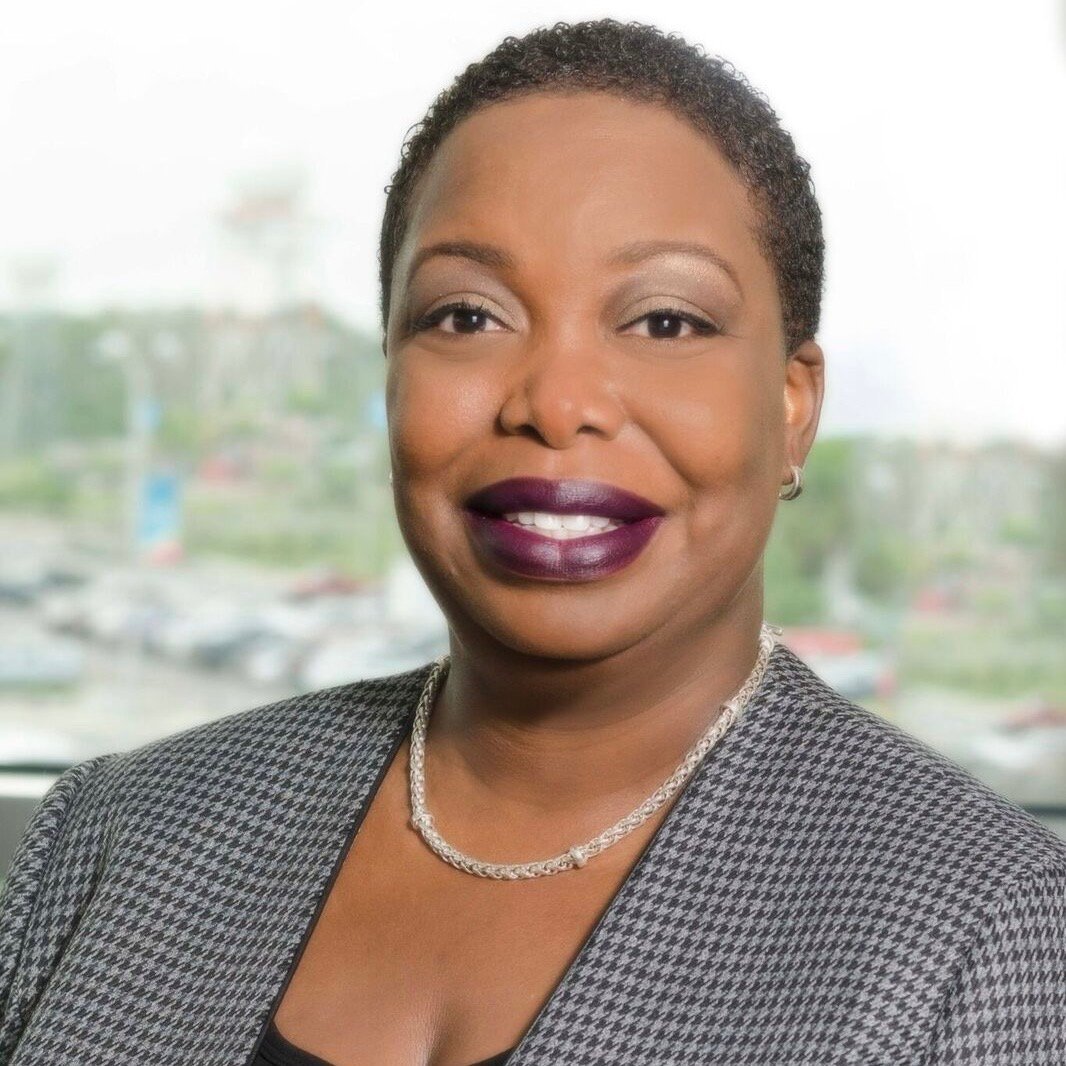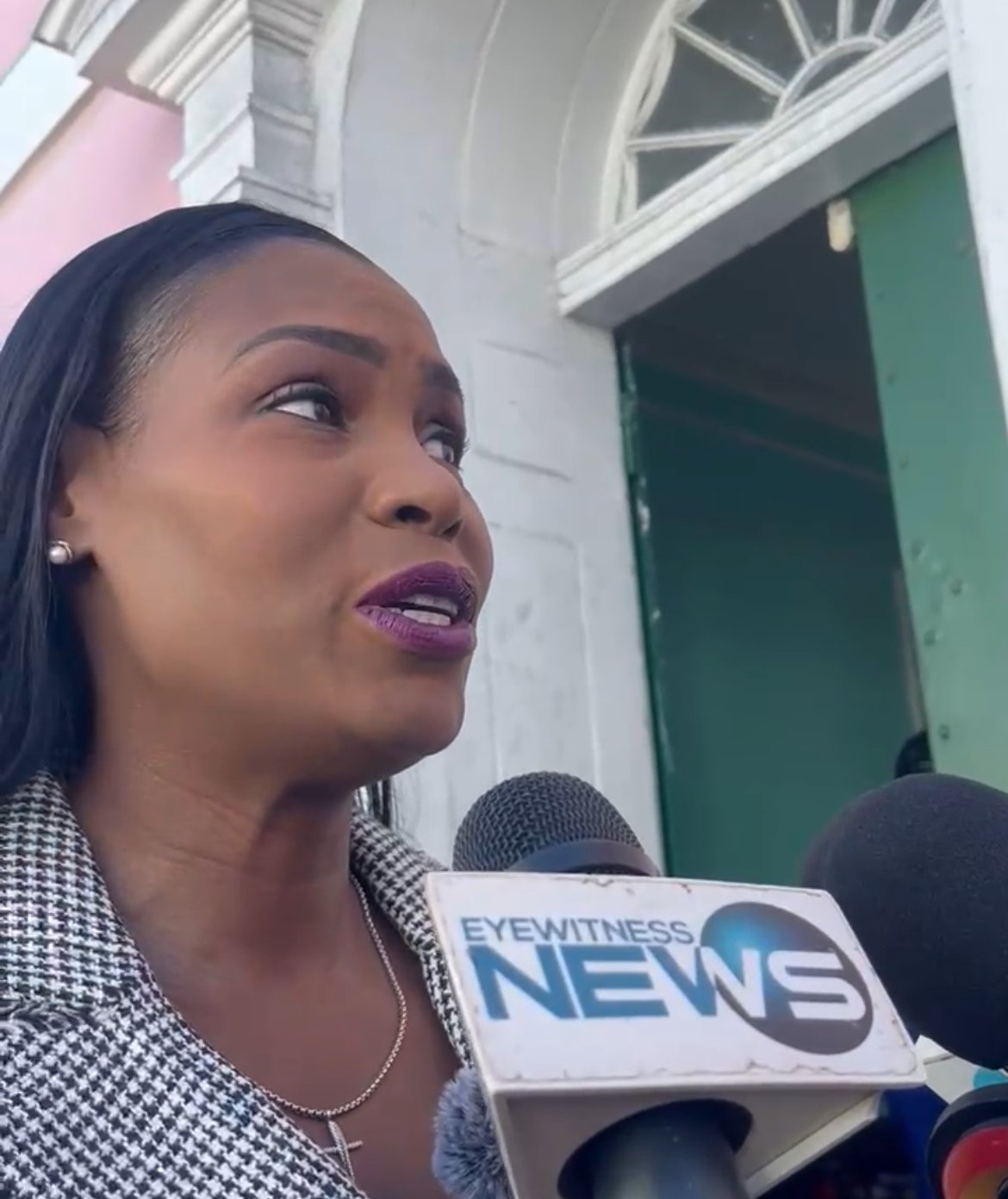The recent misfire by Bahamas Power and Light over a proposed rate increase illuminates a severe disconnect between operational and executive management amid yet another shuffle of key positions by an incoming administration. The recalled statement advised that customers would experience a rise in fuel costs of 3.2 cents ($0.032) per kilowatt hour (kWh) effective immediately, March 1.
Based on this increase, customers were projected to see a rise in their electricity bills of about $8 to as high as $19, based on consumption.
Public Works minister Alfred Sears explained to reporters ahead of Cabinet yesterday that he was approached by incoming chairman Pedro Rolle over the proposed rate increase last week and had spoken briefly with the prime minister about it. Sears dubbed the press release as premature given the matter had not yet been brought to Cabinet.
Rolle also described the move as “premature” when contacted by Eyewitness News on Monday night, indicating that he was out of the country and the company was not pursuing a rate increase but considering options.
The recalled statement, which quoted CEO Whitney Heastie, provided a detailed explanation for the increase. It pointed to the end of the hedging program in July and an anticipated jump in fuel costs due to escalating fuel costs at a time when consumption will be at its peak. An increase this month would purportedly soften that impending blow; however, it does not appear to take into consideration the government’s intention to continue the program. Sears indicated in November last year that this administration was minded to extend beyond June 2022, but were considering a more narrow scope on vulnerable households. To be clear, BPL’s tortured existence places all consumers within that “vulnerable” category.
However, the question remains: who approved the release and why are the decision-making processes for a corporation so heavily subsidized by the Bahamian people still so opaque?
With the proposed rate reduction bond that has lagged on for more than six years now firmly shelved, the only consistent strategy employed at the electricity corporation that has withstood successive administrations has been the high-level of political interference.
“The sad part is we never go into things in a comprehensive manner and our political maturity is what dooms us,” said Fidelity CEO and former Chairman of The Bahamas Chamber of Commerce and Employers Confederation, Gowon Bowe.
“We need a comprehensive strategy that says this is what it will take to make it functional because right now a lot of challenges and interruptions. How do we make it efficient and operational for the future? The harsh reality is a portion of that debt is crystallised and legacy, we own it. So whether government pays it or consumers pay it, it is going to be paid either taxes through central government or taxes to consumer.
“We hear about rate reduction in one breath, we hear about fuel hedging in another breath, the reality is when do we hear about the overall business plan for BPL that includes debt management restructuring, asset building – one plan with multiple moving parts but rooted in reality. You have to come to public and say this is sadly what its going to cost.”
The Bahamas Rate Reduction Bond Ltd is the special purpose vehicle that will be responsible for issuing the bonds and making investor interest payments with BPL’s customer base as the main source to service the bond issue.
The legislation provides that the bond fee paid by consumers can be adjusted at a minimum semi-annually to ensure that the collection of such fee will produce sufficient revenues to pay all ongoing financing costs as the same become due and payable.
Apart from paying out BPL’s $321m legacy debt, the RRB was intended to provide $350m in new financing to enable BPL to invest in its generation and transmission and distribution network.
“…the rate reduction bond was a proposal we met on the table and I can say that at this point we are not proceeding with the rate reduction bond as framed, that we met,” said Public Works minister Alfred Sears.
This is unsurprising given that Prime Minister Philip Davis slammed the bond during his 2021/2022 supplementary budget statement in Parliament last year.
At the time, Davis said more than $20 million has been spent with still no bond placement after four years. He furthered that due to delays the related hike in electricity costs was as high as 20 percent.
In November last year, Deloitte & Touche was tasked to do a rapid assessment of BPL operations, specifically concerning the rate reduction bond and the hedge strategy so that the new administration could determine the best course.
For former Bahamas Electrical Workers Union BEWU President Paul Maynard, the immediate course of action is to complete the changing of the guard.
“BPL needs to change their management,” Maynard said.
“No bank is going to give them money with this present management. What needs to happen is they now, once they put their management in place, they now need to set it up as the Arawak Port is set up. We have Bahamians here that are smarter than anybody else in the world, we gotta believe in our people and their ability to get things done.”
“We have wasted billions over the years because everybody want to do what they want to do. It’s not costing the politicians, it’s costing the taxpayers.”
Maynard added: “The government has to drive its policy and it can’t get derailed, there is always interference but you have to move it out the way. Either you’re on the train or you’re not, and if you’re not that’s fine, you don’t have to be but you need to find another job.
A high-level stakeholder attached to the first iteration of the rate reduction bond under the Christie-administration yesterday insisted the optics suggest a graver issue of the country’s credit worthiness.
“People can advise all day but it still has to be implemented,” the stakeholder said.
“In principle the idea is a good one – it allows the credit quality of the underlying institution to remain intact while they raise the money.
“The question is oil prices going up, costs going up, economy coming out of pandemic, there are too many things against it to cause it to be successful. The fundamental part is the consumer’s ability to pay but before you get there BPL needs to provide reliable cost-efficient energy and they haven’t done that on the BPL side.
“There are a disparate amount of different equipment that don’t maximise the use of other fuels, or address environmental issues. The amount of people out of work, all these social issues.”
The stakeholder continued: “Look at the RRB as a going on good diet after you got surgery to fix your heart, lungs, and limbs because you were a smoker etc. The RRB allowed you to come out of a situation that was really bad but if you stayed there with the wrong equipment, fuel, vision, management, execution of the wrong political vision or delayed one, then you’re not getting the change in diet.”
Each successive administration that has been voted in, has scrapped the plans of its predecessors and presented a new silver bullet for the crippled entity. And at the end of each cycle, we are left with only tattered threads to be picked over and undone by the incoming government.
Bowe said: “Any normal private entity that was insolvent would not have the luxury of scrapping these things every five years and starting afresh. Unfortunately it’s been allowed to run as a government entity because it has backing and support of the government to allow inefficiencies and bad management practices be forgiven at the expense of the consumer.”
Bowe expressed concerns that over the years political tribalism has stained the professional sector and the credibility of experts who may be impacted by the lack of transparency and accountability notwithstanding intent.
He called for a chronological account of the rate reduction bond process to date, and suggested any professional missteps should be legally pursued.
“They allow themselves to be led as opposed to leading the political electorate,” Bowe added.
“Not to be broad brush but the people who should be advising are the ones not in political directorate and saying look my talent, expertise, time, is being offered to advance national progress. Not just because I’m your supporter and I get to feed at the trough for this point in time and in order to continue feeding, I am prepared to skirt some of the professionalism I know that I owe. Government should be indicating if firms were professional and not given the opportunity to see it through to the end.”
As for political tribalism, Bowe furthered that global rating agencies and economic stakeholders do not consider the political party in power but the national actions of the country. He added that for the most part both parties did not hold much philosophical difference, mostly “socialist with capitalist leanings”.
While it is clear conditions are not favorable to pursue the bond at this time, there must be some level of accountability for the beleaguered state of the corporation and the inability to execute a competent strategy despite the ever-revolving cycle of technical expertise. Does the fault lie on the advisors, or on the political electorate tasked with facilitating their directives?
A Cabinet sub-committee has been established to review all options and undoubtedly reinvent the wheel. Whatever roadmap emerges must have not just bipartisan support but a guarantee that the strategy will be executed regardless of how the political pendulum swings.


















